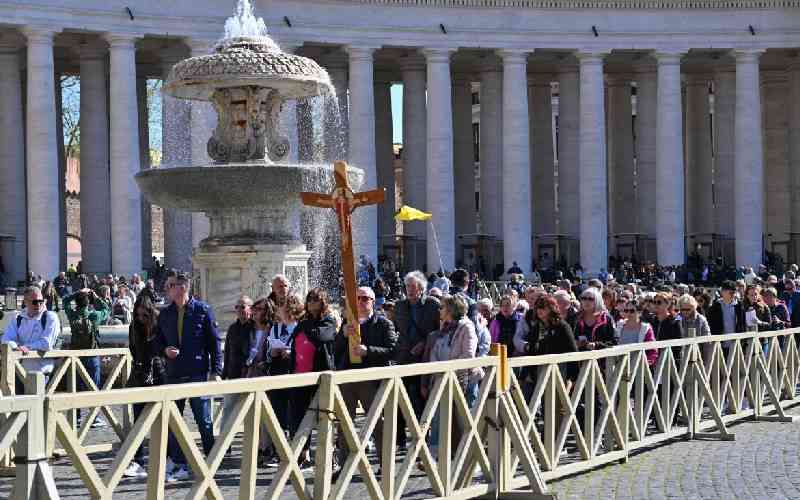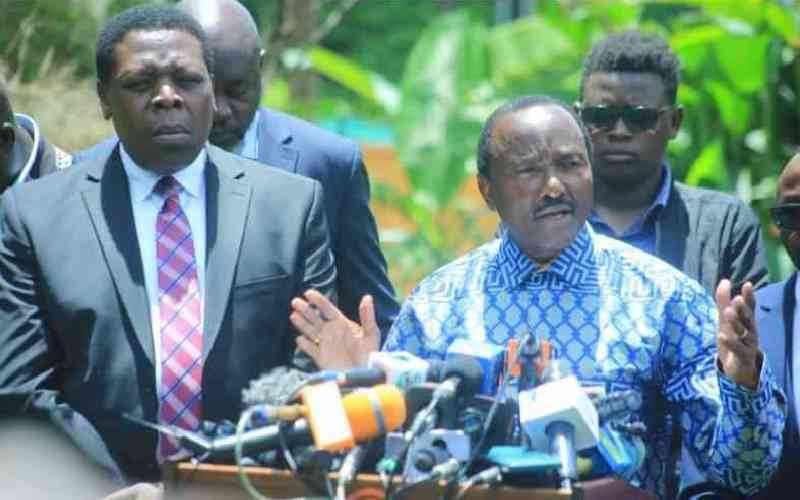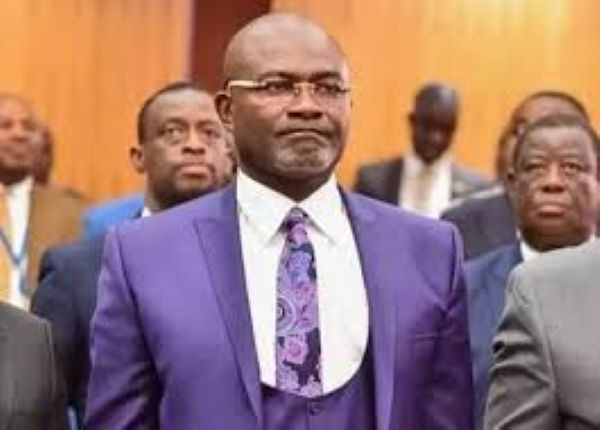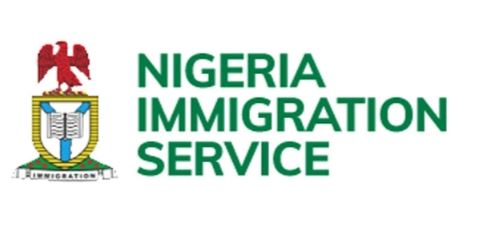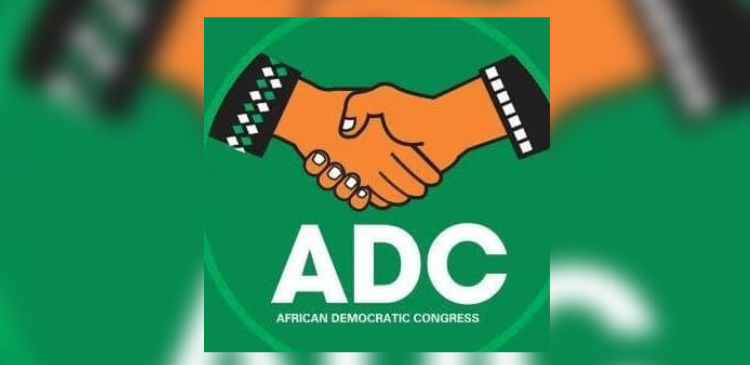Nigeria’s electricity grid has over the years been suffering from aging and obsolete infrastructure due to lack of major investment.
For a country of an estimated 200 million population, the grid has continued to grapple with an average generation of 5,000 megawatts of electricity for industries and homes, inadvertently leaving over 80 million Nigerians without electricity and many more underserved with erratic supply.
Even though the country is said to need an estimated 35,000MW to meet its energy needs, the unbundling and privatisation of the power sector in 2013 has failed to lead to the expansion of the national grid.
The failure to increase the capacity of the grid has forced many Nigerians to seek alternative energy to meet their energy needs.
Before now, diesel and petrol propelled generators have been widely used by industries and private individuals but the spike in the price of petroleum products following the removal of fuel subsidies have forced many to adopt solar energy despite its high cost.
Similarly, intervention by international development partners has seen billions of investments into renewables leaving the grid to continue to contend with issues of inadequate transmission wheeling capacity, metering, distribution expansion, among others.
But the high rate of switch to off-grid solutions has raised concerns on its effect on the continuous illiquidity in the sector that is bogged down by debt that has prevented investors from putting their money into the high-risk venture.
The Minister of Power, Adebayo Adelabu, had recently decried industries abandoning the grid while opting for embedded and captive power to sustain their operations which he said are costly.
He had stated that trends from industries, who form the bulk of high-end users of electricity, would not make the grid grow beyond its current generation capacity as households consume a little.
Sector burdened by debt
Already, the sector is weighed down by a culmination of huge debt from the federal government, consumers and utility companies.
Adelabu had disclosed that the government is owing over N4tr debt, majorly to power generation companies; while electricity distribution companies lose 35 per cent of revenue from electricity distributed to their customers from Aggregate Technical and Commercial losses (AT&C).
This has led to underpayment to gas power generating plants that made up 85 per cent of the Nigerian electricity generation mix.
While this also affects the hydro power plants that make up the 25 per cent of the mix, the illiquidity in the sector has made it difficult for the sector players to raise money from international and domestic investors to prop up aging infrastructures for the country to meet up its energy needs.
Recent investments in renewables
While there is no data on the amount of investment that has been made in the country in recent times, the country has witnessed billions of dollars in pledges on renewables to help Nigeria end its energy poverty.
With the country is said to be blessed with different sources of renewable energy, investors and international development agencies have focused more on solar energy.
For instance, the European Union with support from the German Agency for international Cooperation (GIZ) invested €9.3 to provide interconnected solar mini-grids to several communities in Nigeria.
Also, The Nigeria Sovereign Investment Authority (NSIA), announced an innovative partnership for a $500m (N772.3bn) Nigeria Fund to develop and finance distributed renewable energy (DRE) projects to support mini-grids, solar home systems, commercial and industrial (C&I) power solutions, embedded generation projects, and innovative energy storage technologies in the country.
The Word Bank approved a $750m Distributed Access Through Renewable Energy Scale-Up (DARES) Project for solar hybrid mini grids and operated solar hybrid mini grids in unserved (primarily rural and remote) and underserved (primarily urban and peri-urban) areas with high economic growth potential.
Similarly, the African Development Bank (AfDB) recently partnered with PowerGen renewable energy alongside other international investors to establish a scalable, distributed renewable energy platform, targeting the deployment of 120 MW of renewable power solutions for Nigeria and other African countries.
What can be done to attract investments in national grid
Speaking during a public presentation of the National Integrated Electricity Policy (NIEP) and Nigeria Integrated Resource Plan (NIRP) in Abuja, the CEO of West Power & Gas Ltd., Wola Joseph-Condotti, said to restore investors’ confidence in the sector, there need to be mass metering of electricity consumers for them to believe in any tariff the government would introduce in the sector.
“People don’t want to have confidence in the tariff and don’t even want to believe in the investment. So, one big challenge that is also an opportunity is metering. We have a huge gap of over four million meters and this needs to address for customers to believe in the investment”.
On his part, the Technical Consultant, Power Africa, Belije Madu, said the electricity sector is suffering tariff shortfall and it would take making tariffs cost-reflective with a commercial value proposition for the consumers to correct it.
“We have to approach it from a commercial value proposition standpoint. It’s not just about increasing tariffs but upgrading customers to higher bands. And for Band A customers, can we now start looking at Band A plus customers who have 24 hours a year.
Executive Director (Independent System Operator), Engr. Nafisatu Ali, said there is a need to do a lot of investment in grid infrastructure but expressed worry about bringing in renewable energy without doing certain investments to establish the reliability of the system.
“I worry about it because sometimes how much renewable can our system accommodate right now? We need to establish that and then we need to invest in grid infrastructure that covers transmission lines, substations, and then adoption of smart grid technology to support automation. That will help in network resilience.
“We may not have the funds now but we can start small and begin to cascade and increase the capacity according to the plan that we have on ground. You can’t finish everything in one day, but you need to ensure that these lines or this system is reliable. That has to be established and we need to close all radial lines.”

